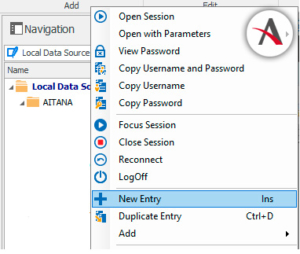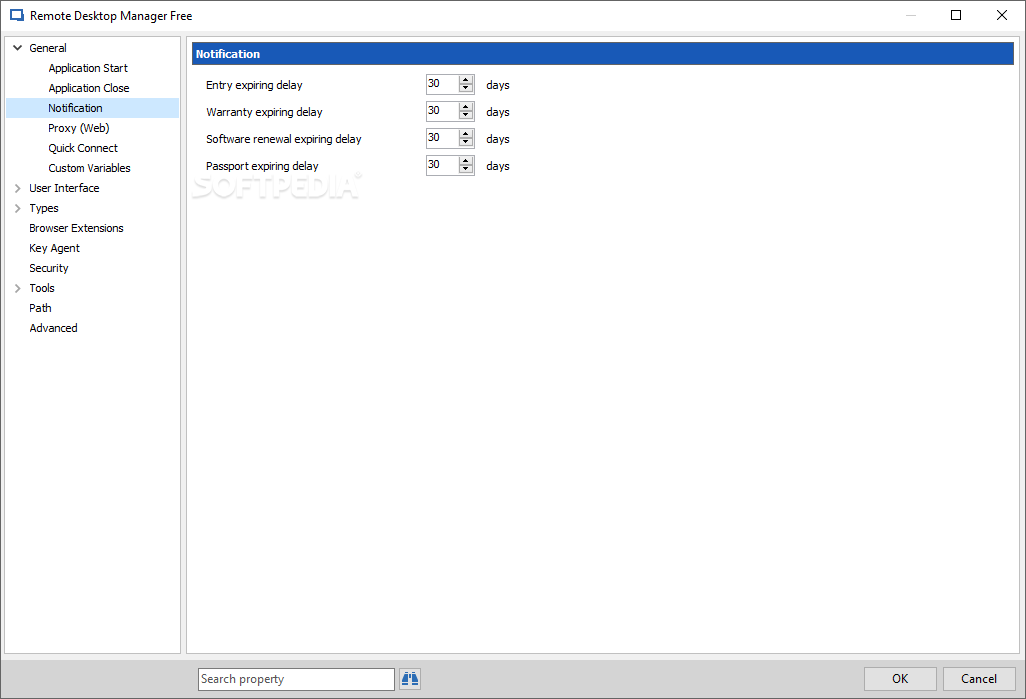

Python was conceived in the late 1980s by Guido van Rossum at Centrum Wiskunde & Informatica (CWI) in the Netherlands as a successor to the ABC programming language, which was inspired by SETL, capable of exception handling and interfacing with the Amoeba operating system. Python consistently ranks as one of the most popular programming languages. Python 2 was discontinued with version 2.7.18 in 2020.

Python 3.0, released in 2008, was a major revision that is not completely backward-compatible with earlier versions. Python 2.0 was released in 2000 and introduced new features such as list comprehensions, cycle-detecting garbage collection, reference counting, and Unicode support. Guido van Rossum began working on Python in the late 1980s as a successor to the ABC programming language and first released it in 1991 as Python 0.9.0. It is often described as a "batteries included" language due to its comprehensive standard library. It supports multiple programming paradigms, including structured (particularly procedural), object-oriented and functional programming. Python is dynamically-typed and garbage-collected.
#Download remote desktop manager 2.7 code
Its design philosophy emphasizes code readability with the use of significant indentation.

Python is a high-level, general-purpose programming language. ( October 2022) ( Learn how and when to remove this template message) Please help improve it by removing promotional content and inappropriate external links, and by adding encyclopedic content written from a neutral point of view. This article contains content that is written like an advertisement.


 0 kommentar(er)
0 kommentar(er)
